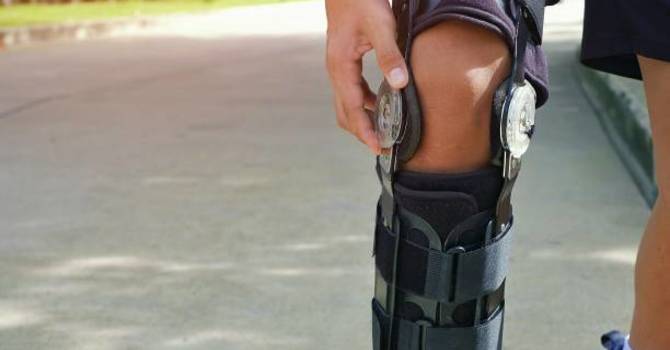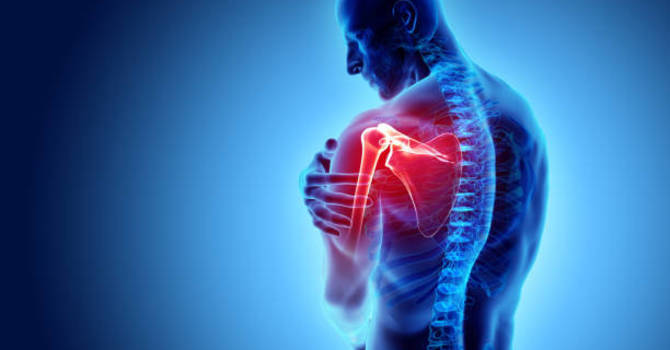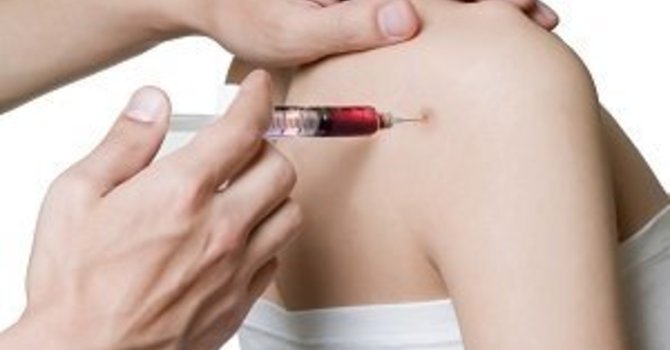
Shoulder pain can feel like a small nuisance at first—perhaps a twinge when lifting a grocery bag or a stiffness after sleeping on your side. But for many, that mild discomfort gradually turns into chronic pain, limited motion, and difficulty with everyday tasks. Whether caused by overuse, injury, arthritis, or inflammation, shoulder pain can severely impact your quality of life.
At Tulsi Wellness Club, we specialize in regenerative solutions that empower your body to heal itself—without drugs or invasive surgery. One of the most effective treatments we offer is PRP therapy (Platelet-Rich Plasma), especially for persistent shoulder pain.
Let’s explore how PRP works, what conditions it can treat, the healing process, and how to manage common responses like detox symptoms or mild hypoglycemia.
What Is PRP and How Does It Help Shoulder Pain?
Platelet-Rich Plasma (PRP) therapy is a regenerative treatment that uses the healing components in your own blood to reduce pain, repair soft tissue, and restore function.
Here’s how it works:
-
A small amount of your blood is drawn.
-
It's spun in a centrifuge to concentrate platelets and growth factors.
-
This platelet-rich solution is then injected directly into the damaged or inflamed areas of the shoulder.
Platelets contain natural growth factors that:
-
Reduce inflammation
-
Promote tissue regeneration
-
Stimulate collagen production
-
Enhance blood flow to injured areas
Unlike corticosteroid injections—which offer short-term relief but may weaken tissue over time—PRP promotes long-term healing by encouraging your body’s own repair mechanisms.
What Types of Shoulder Pain Can PRP Treat?
PRP is versatile and has shown excellent results in treating a wide range of shoulder issues, including:
-
Rotator cuff tears (partial)
-
Shoulder impingement syndrome
-
Tendinitis and tendinosis
-
Bursitis
-
Shoulder osteoarthritis
-
Frozen shoulder (adhesive capsulitis)
-
Labral tears (minor to moderate)
Whether your pain is caused by sports, overuse, aging, or a recent injury, PRP may be a powerful tool to reduce inflammation and promote healing.
What to Expect During PRP Treatment
PRP therapy is a straightforward in-office procedure at Tulsi Wellness Club and usually takes about 60–90 minutes:
-
Blood Draw – We collect a small sample of your blood.
-
Processing – It’s spun in a medical centrifuge to extract a concentrated PRP solution.
-
Injection – Using ultrasound guidance, we inject PRP into the affected shoulder tissues with precision and care.
There’s little to no downtime. Most patients return to their regular routine within 24–48 hours, though you should avoid heavy lifting for a few days post-injection.
Understanding Detox Reactions After PRP
PRP activates a localized healing response in the injected area. This controlled inflammation is a key part of how it works—but for some, it may come with mild “detox” symptoms as the body clears damaged tissue and inflammation.
Common detox-related responses may include:
-
Fatigue
-
Muscle achiness
-
Brain fog or temporary mood shifts
-
Mild flu-like symptoms
-
Headaches
-
Increased thirst
These typically resolve within 1–3 days and can be minimized by:
-
Drinking plenty of filtered water
-
Resting and avoiding strenuous activity
-
Eating an anti-inflammatory, nutrient-rich diet
-
Supporting lymphatic flow with gentle movement or sauna therapy
Watch for Hypoglycemia-Like Symptoms
Though PRP itself doesn’t directly alter blood sugar levels, some patients—especially those with blood sugar sensitivity, adrenal fatigue, or anxiety—may experience hypoglycemia-like symptoms after the treatment. These may include:
-
Dizziness or lightheadedness
-
Cold sweats
-
Nausea or faintness
-
Shakiness or brain fog
This is more likely if the procedure is done on an empty stomach. To prevent this, we recommend:
-
Eating a small, protein-rich meal 1–2 hours before your appointment
-
Staying well hydrated
-
Letting us know if you have a history of low blood sugar—we’re happy to monitor and support you
We provide a soothing, well-monitored environment to ensure you feel comfortable throughout the process.
Healing Timeline: When Will You Feel Better?
PRP isn’t an instant fix—it’s a regenerative therapy that heals over time. Here’s a general guide to the recovery process:
-
Days 1–3: You may feel mild soreness or inflammation at the injection site. This is normal and a sign your body is activating healing.
-
Weeks 1–4: Pain begins to lessen, and mobility starts to improve. You may notice reduced stiffness and more comfort in daily movements.
-
Weeks 4–12: The regenerative effects kick in. Tendons and tissues begin rebuilding, and you’ll likely experience noticeable, sustained pain relief and strength gains.
For chronic or severe shoulder issues, we may recommend a series of 2–3 PRP treatments spaced 4–6 weeks apart for optimal results.
Supporting Your Healing at Tulsi Wellness Club
PRP therapy is most effective when paired with a holistic, personalized plan. At Tulsi Wellness Club, we guide your healing with:
Targeted supplements: Like turmeric, omega-3s, and collagen builders
Post-treatment nutrition: To reduce inflammation and optimize recovery
Physical therapy referrals: To safely restore strength and range of motion
Mind-body support: Because stress affects healing too
Advanced options: Including ozone therapy, IV drips, or EBOO for systemic support
We believe in treating the root cause—not just the symptom—and helping your whole system find balance.
Final Thoughts
If shoulder pain is keeping you from doing the things you love—lifting, exercising, or even sleeping well—PRP therapy could offer the natural, long-lasting relief you’ve been looking for.
At Tulsi Wellness Club, we combine advanced regenerative medicine with compassionate, holistic care. We’re here to help you heal from the inside out—gently, effectively, and naturally.
Ready to take the next step? Schedule your consultation today to see if PRP for shoulder pain is the right path for your healing journey.
Tulsi Wellness Club – Root-cause care. Regenerative solutions. Whole-body healing.
Dr. Devin Stone
Contact Me



